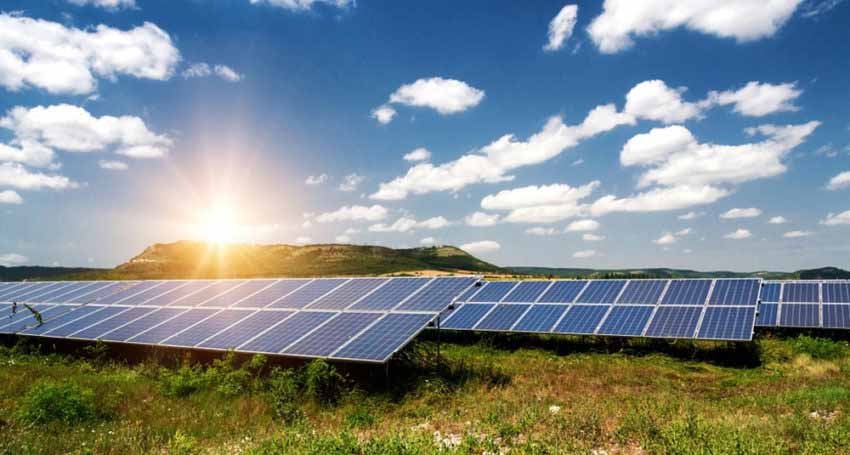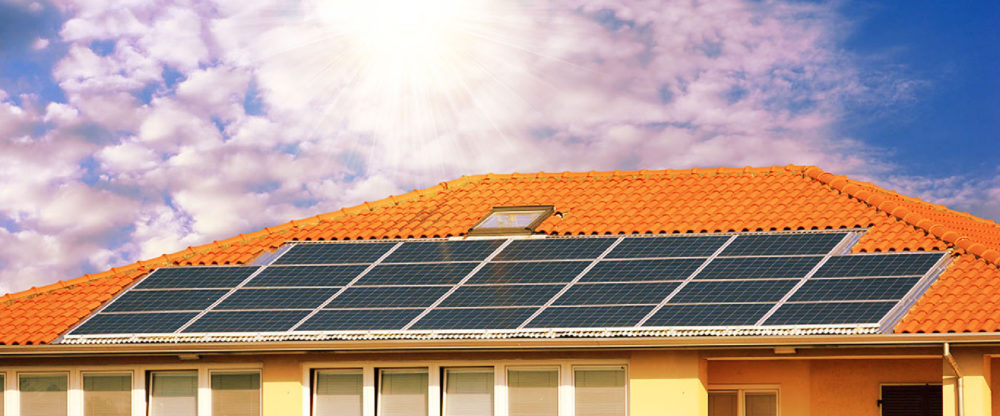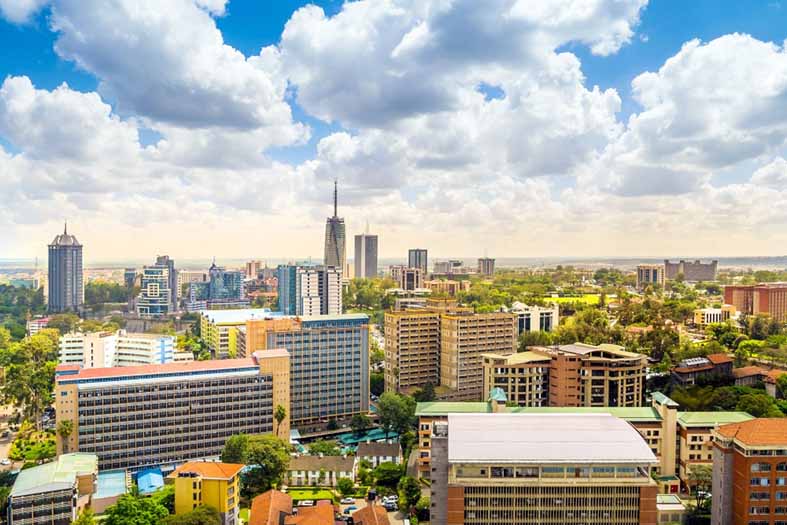Renewables still setting strong pace in South Australia

The April shelving of a major solar thermal plant has done little to slow the pace of renewable energy projects being proposed in South Australia.
In the past three months, applications for almost 1.7 gigawatts of renewable energy generation across six projects have been assessed by the South Australian Government’s State Planning Commission.
Of these, the 280MW Cultana Solar Farm – the first large scale project in billionaire industrialist Sanjeev Gupta’s plan to generate one gigawatt of dispatchable renewable energy in South Australia – was approved by State Planning Minister Stephan Knoll last month.
The other five projects still awaiting ministerial consent include:
- RES Australia 176MW solar farm and 66MW battery storage facility near Murray Bridge;
- Neoen Australia(Crystal Brook Energy Park) 125MW windfarm, 150MW Solar Farm and 130MW lithium-ion battery near Crystal Brook;
- Energy Projects Solar (Bungama Solar) 280 MW solar PV and 140MW battery storage plant to integrate into the National Electricity Market through a 275 kV connection to ElectraNet’s Bungama Substation near Port Pirie;
- Energy Projects Solar staged development of a 500MW solar farm with 250MW storage near Robertstown, and;
- RES Australia (Twin Creek Wind Farm Project) 183MW wind and 50MW battery storage near Kapunda.
Two other South Australian projects – the 95MW Tailem Bend Solar Project and stage one of the 220MW Bungala Solar Farm near Port Augusta started exporting power to the national grid earlier this year.
There are also dozens of micro solar farms up to 5MW being constructed across the state.
South Australia is home to Tesla’s 100MW/129MWh battery, which became the “world’s largest lithium-ion battery” when it was installed at Neoen’s Hornsdale Wind Farm in December 2017.
South Australia already leads the nation in the uptake of wind energy and roof-top solar with renewable sources accounting for more than 50 per cent of the electricity generated in the state.
However, the closure of two coal-fired power stations in recent years has increased South Australia’s reliance on energy supplies from the eastern Australian states, particularly in times of peak demand.
SolarReserve’s 150MW Aurora Solar Thermal Plant in Port Augusta was set to include eight hours or 1100MWh of thermal storage, allowing it to operate like a conventional base load power station.
The South Australian Government announced on April 5, however, that it had been informed SolarReserve could not reach financial close and planned to sell the project to a third party who may take the project or an alternative project forward at the site.
University of South Australia’s Sustainable Energy Engineering Professor Wasim Saman said although the shelving of the solar thermal project was a setback for the industry, the large-scale PV solar and battery storage sector continued to grow very quickly in South Australia.
He said it was important that future solar and wind farms had associated energy storage solutions in place to ensure they did not create grid instability.
“Solar at the moment is cheaper than conventional electricity and I see no reason why momentum should stop any time soon,” Professor Saman said.
“But there will be a need for more and more storage. Electrical storage at the moment is not cheap or economical but in the future there will be activities in the storage area particularly with pumped hydro storage and also we’re still hopeful that solar thermal storage will happen in Australia.
“While the battery cost is coming down, one of the main things about the solar thermal project at Port Augusta is that it had eight hours of storage so I still feel that once we get our first solar thermal project in Australia there will be more because thermal storage is a lot cheaper than batteries.”
Electricity infrastructure provider ElectraNet is planning a $1.5 billion 800MW National Energy Grid interconnector linking South Australia and New South Wales.
South Australia currently only has interconnection with Victoria, which puts the state at the end of the national grid and makes it vulnerable to supply shortages.
The 900km interconnector linking Robertstown in South Australia’s Mid North with Wagga Wagga in central New South Wales is expected to provide grid stability and lower electricity prices in South Australia when completed in 2022.
“The new interconnector to NSW will also help us to export our excess electricity if we continue generating more and more in South Australia,” Professor Saman said.
“Anything that will enable a more uniform spread of supply and demand will help.”
There are already three solar PV and battery storage projects planned along the 330 kilovolt (kV) above-ground SA-NSW interconnector – two near Robertstown and one near Morgan – totalling 1140MW of generation and 670MW of storage.
South Australian Energy Minister Dan van Holst Pellekaan said the state was a national leader in renewable energy and remained a beacon for investment in future projects, including those with grid scale storage.
He said the state government was helping facilitate the interconnector project through the early commencement of detailed line route and site selection works, the commencement of a community engagement strategy and the early commencement of environmental and social studies.
“The proposed 800MW interconnector between SA and NSW will be a freeway for cheaper, cleaner electricity whilst attracting new investment and creating good jobs along its 900km route,” Minister van Holst Pellekaan said.


